Australia has another floating solar system in its slowing growing portfolio with a 50 kW array that will generate 69.5 MWh of clean energy annually launched on a lake at Victorian exhibition venue Lardner Park, about 110 kilometres southeast of Melbourne.
The project was overseen by community group Gippsland Climate Change Network (GCCN) in collaboration with RACV Solar and Melbourne-headquartered solar company Greenwood Solutions to show farmers the benefits of the technology which is attracting increasing attention, especially in Asian countries dealing with land pressures.
The technology allows for the generation of clean energy without taking up land but Greenwood Managing Director Eddie Greco said Australia isn’t yet a prime market although there is potential for properties that have lots of reservoirs or dams to adopt floating solar as an alternative revenue stream.
A study by the company shows that Victorian farmers see a higher return using land for core agribusiness (16%) than for PV (14%). That same study also reveals there are about 450,000 dams and water courses that encompass approximately 122,000 ha2 that don’t contribute directly to farm profits.
Greco said the agribusiness sector provides great potential for the broader deployment of floating solar in Australia.
“Obviously in the agribusiness space where you’ve got farmland that’s used for harvesting whatever stock they’ve got, and they might be pumping a lot water to irrigate their land, then floating solar can provide a bit of solution for them,” he said.
“The other benefit of floating solar is it limits evaporation and has a cooling effect on the panels because they’re operating close to the water, they operate a higher efficiency.”
“I think there’s good opportunity with water corporations because they can prevent evaporation on their wastewater lagoons and often, they’ll be restricted in terms of land.”
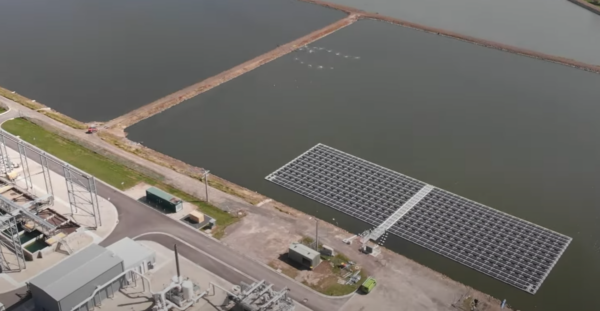
The Gippsland Water 350 kW floating solar array is the largest in Australia.Greenwood was sought to consult on the Lardner Park project due to its design and build of Australia’s largest floating array for Gippsland Water. At 350 kW that project remains the largest in Australia.
Greco said the project, which came online earlier this year, presented unique challenges due to the water being a contaminated.
Popular content
“Imagine trying to install solar on a roof that you weren’t allowed to touch,” he said. “There were complexities around that, and then there was a clay liner in the dam that we couldn’t penetrate because that would contaminate the soil beneath, so we had to come up with a unique mooring system.”
Greenwood said the growth of a floating solar sector in Australia would also provide opportunities in manufacturing.
The company said there is potential to establish supply chains to provide anchor blocks and equipment such as truss and mooring line fabrication, floating docks requiring injection-moulded floats and marine fabrication for inverter stations, as well as construction for bank preparation and crane lifting concrete foundations.
GCCN Chief Executive Officer Darren McCubbin said Lardner Park was identified as an ideal demonstration venue for the technology as the site is home to Farm World, Australia’s largest annual farming exhibition.
“We believe that floating solar has relevance for farmers in particular,” he said. “We’ve had a few farmers have a look at it, but it probably is only good for larger-scale production, so for example, a barramundi farmer was very interested.”
This content is protected by copyright and may not be reused. If you want to cooperate with us and would like to reuse some of our content, please contact: editors@pv-magazine.com.
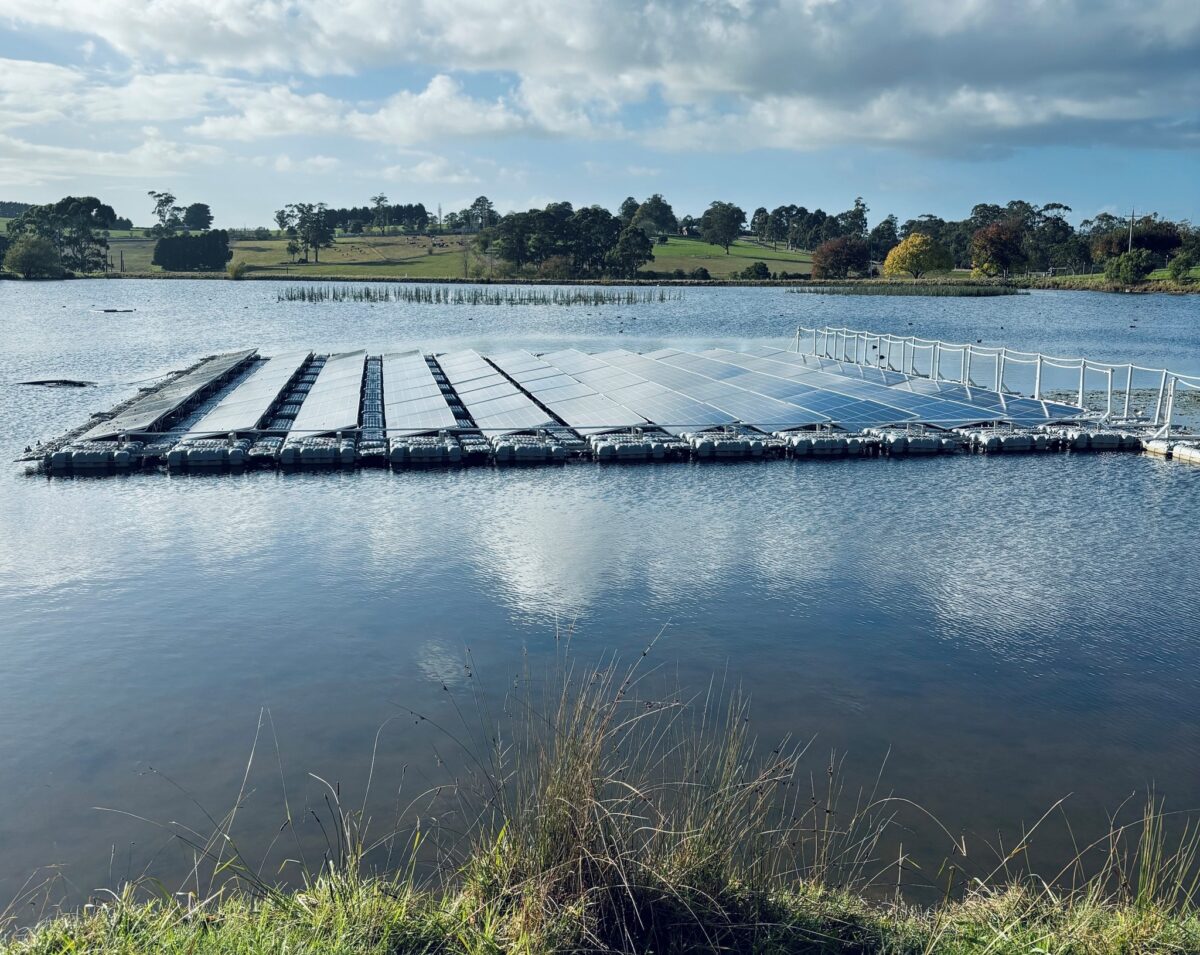



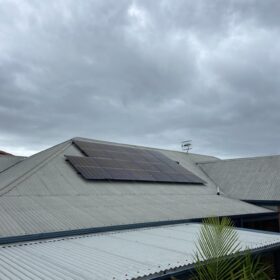
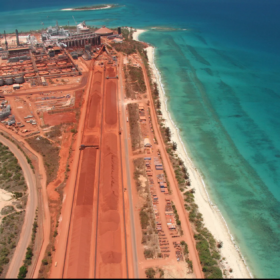
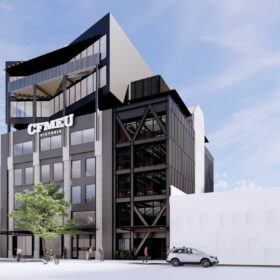
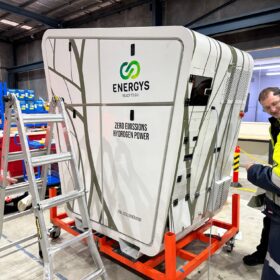
By submitting this form you agree to pv magazine using your data for the purposes of publishing your comment.
Your personal data will only be disclosed or otherwise transmitted to third parties for the purposes of spam filtering or if this is necessary for technical maintenance of the website. Any other transfer to third parties will not take place unless this is justified on the basis of applicable data protection regulations or if pv magazine is legally obliged to do so.
You may revoke this consent at any time with effect for the future, in which case your personal data will be deleted immediately. Otherwise, your data will be deleted if pv magazine has processed your request or the purpose of data storage is fulfilled.
Further information on data privacy can be found in our Data Protection Policy.